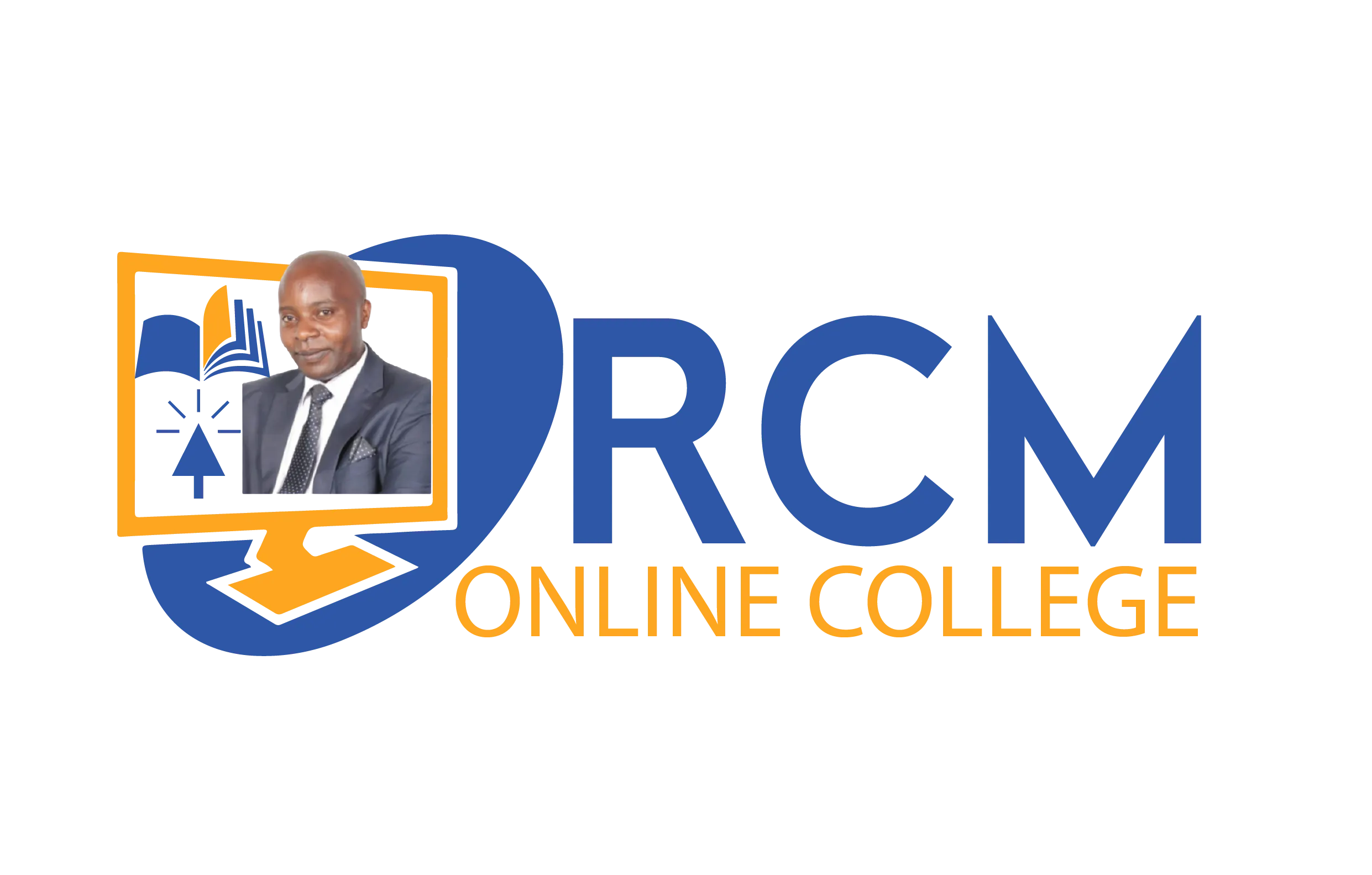1.6 Key Audit Matters
Key Audit Matters (KAMs) are specific matters identified by auditors during the audit of financial statements that are deemed to be of most significance or have the highest audit risk. KAMs are included in the auditor’s report to provide users of the financial statements with insights into areas that required significant audit attention and judgment.
Here are some key points about Key Audit Matters:
Identification of KAMs: The identification of KAMs is based on the auditor’s professional judgment and assessment of the risks of material misstatement. These are matters that are considered to be the most challenging, subjective, complex, or significant in the financial statements. KAMs can relate to accounting estimates, significant transactions, areas with high inherent risk, or the application of accounting policies.
Communication in the Auditor’s Report: KAMs are disclosed in the auditor’s report, which is an integral part of the financial statements. The auditor provides a description of each KAM, including the underlying accounting or auditing considerations, the auditor’s response, and the audit procedures performed. This disclosure enhances transparency and provides additional insights to users of the financial statements.
Nature of Information Disclosed: The information disclosed for each KAM varies depending on the specific matter. It can include a summary of the issue, the relevant financial statement line items or disclosures, the auditor’s assessment of the risk, the impact on the financial statements, and the audit procedures performed to address the matter.
Tailored to the Engagement: KAMs are specific to each audit engagement. They are influenced by the auditor’s understanding of the entity, its industry, and the audit risks identified. KAMs may differ between entities and even between audit periods for the same entity, as they are based on the unique circumstances and risks at the time of the audit.
Enhancing Communication and Transparency: The inclusion of KAMs in the auditor’s report aims to improve the communication between auditors and users of the financial statements. It provides stakeholders with additional information about the areas that required significant audit attention, the judgments made by the auditor, and the overall audit process.
Regulatory Requirements: The inclusion of KAMs in the auditor’s report is required in certain jurisdictions or under specific auditing standards. For example, the International Standards on Auditing (ISAs) issued by the International Auditing and Assurance Standards Board (IAASB) require auditors of listed entities to communicate KAMs in their audit reports.
